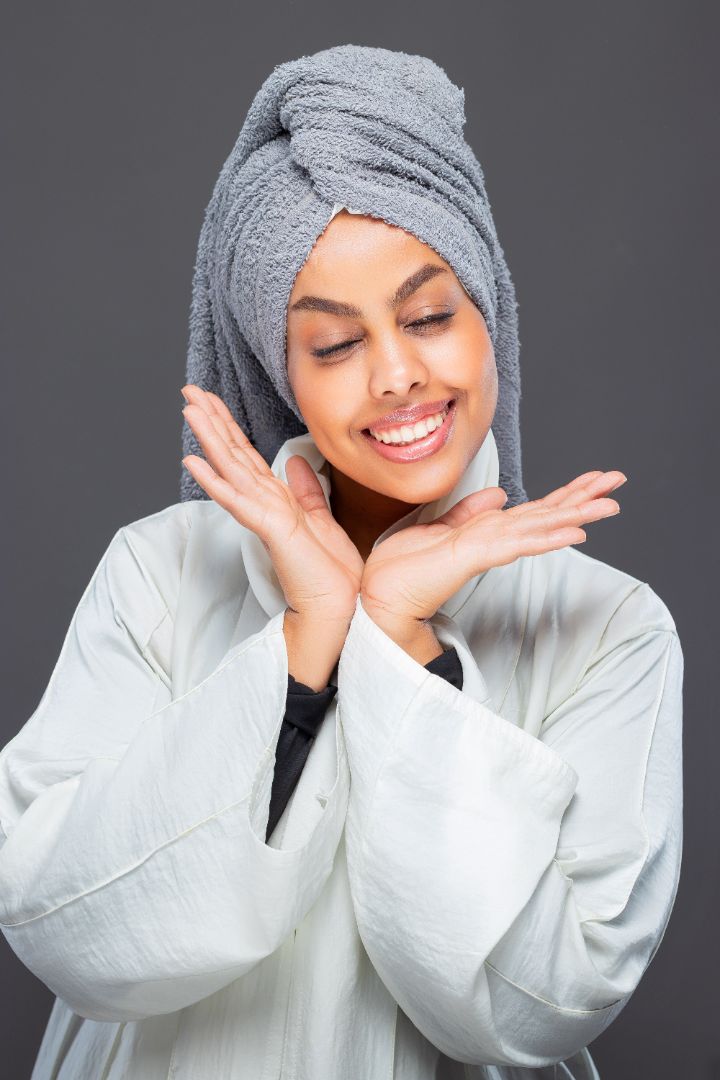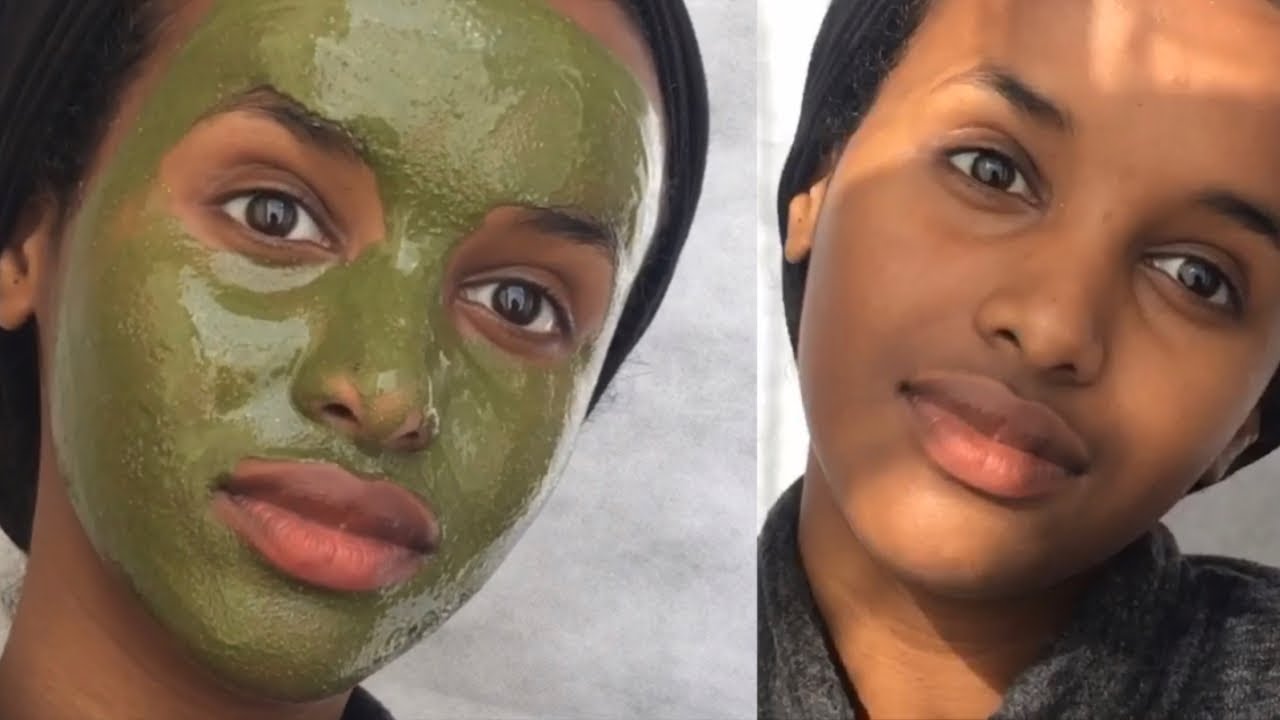-
-
Moisturizer for Acne: Complete Guide, Types & Expert Tips (2025)
Posted on Huda Ahmed -

Qasil for Hair: Natural Hair Masks and Shampoo Alternatives
Posted on hamiid apdi


If there’s anything Somali women are known for, it’s definitely their glowing skin. Suffice it to say, if you’re here and reading this, you’ve probably assumed we’re going to spin you another yarn about the glories of Qasil. Believe us when we say we really want to, not just because we love it, but because Qasil truly does deserve all the praise the world has to offer!
We are fortunate to live in a time when society is broadening its discussions about beauty standards, traditions, and products to include people of colour. If you open a magazine now, there are undoubtedly more black and brown faces represented than there were twenty years ago.
However, to say that there’s more work to do to level the playing field is an understatement. True representation in the beauty industry should not simply take the form of including one or two people of colour in a marketing campaign with an otherwise white roster of models.
When we dig a little deeper, we find that such campaigns are usually for products produced for and by those with white skin, by companies that have historically targeted white women and are led by white men. We are by no means saying that there is no place for such companies or for the expansion of representation within them. What we are arguing for is the creation of more spaces for products and discourse catered specifically to people of colour.
What’s clear is that interest in beauty, skincare, and makeup is popular all around the world. What isn’t so clear is that within those categories there are different skin concerns, as well as cultural and socio-economic nuances.
In other words, different skin types require different care. Not just that, but different climates and lifestyles can impact the type of care our skin needs. It is also important to note that access to certain products and ingredients varies significantly across the world. Just because some routines may not boast the same active ingredients, expensive tools, or even have the same steps as those we see plastered all over magazines or Youtube, does not make them invalid.
Even though major Western beauty conglomerates and advertising agencies have been noticeably absent from Somalia, it does not mean that the women have not developed and perfected their own beauty routines. In fact, Somali women’s routines are loaded with ancient secrets, quality natural ingredients, and techniques that have been passed down from generation to generation.
We’re here to share and discuss some Somali skincare traditions that we haven’t heard much about elsewhere.
Turmeric
Turmeric is probably the most obvious choice to include in this list (besides Qasil). There are certain ingredients that seem to defy categorisation. Is it a spice, a medicine, or a beauty product? The truth is that turmeric can be classified as all three. This golden powder is touted as a miracle worker and superfood in many cultures, and is a staple in the Ayurvedic tradition. In Somalia, however, it goes by the name huruud and is often used as a face mask.
Turmeric is a member of the Zingiberaceae family. If you’ve ever seen a photo of turmeric in its raw state, you might initially confuse it for ginger. You’re actually not far off: ginger and turmeric belong to the same family, and might be considered distant cousins.
Turmeric contains the active compound curcumin. Curcumin not only gives the powder its bright golden hue, but is proven to have some health benefits. Curcumin, in particular, is known for having anti-inflammatory and antioxidant properties. By reducing inflammation, the skin may look less puffy as well as less prone to hyperpigmentation. This can result in brighter skin and a clearer-looking complexion.
We’re massive fans of this very simple DIY face mask, which contains just three ingredients: Qasil, turmeric, and water! Just add a teaspoon of turmeric to your usual Qasil mask concoction to supercharge its anti-inflammatory and antioxidant properties. You’ll be GLOWING.
Black Seed Oil
Black seed oil has become something of a cult beauty product in recent years. Those who’ve discovered black seed oil swear by it – for good reason, too!
Black seed oil, also known as black cumin seed oil, comes from the Nigella sativa plant. The oil comes from, you guessed it, the seeds of this little flowering shrub. Just like turmeric, the seeds can be ingested orally, both in seed and oil form, or applied topically to the skin. The seeds are renowned for their distinct aromatic quality and are commonly used as a spice.
Black seed oil is an all-round superstar ingredient. It’s high in antioxidants, and rich in essential fatty acids, amino acids, and flavonoids. While the fatty acids nourish and maintain a healthy skin barrier, the combination of vitamin A and amino acids can help to lessen the appearance of acne scars and redness. Black seed oil is also anti-inflammatory and anti-microbial, which means it can help to relieve any discomfort and itchiness caused by breakouts and irritation. If that wasn’t enough, its high antioxidant content defends against free radical damage that can accelerate skin ageing.
What’s not to love about black seed oil? Try adding a few drops to your face and neck after you’ve gently cleansed your skin with Qasil!
Dates and Ghee Paste
Sounds yummy, right?
This combination of dates and ghee is most commonly used by Somali women as a skin treatment, rather than as a sweet treat! In this case, pureed dates and ghee are emulsified into a thick paste. This magical concoction is then scrubbed into the skin, particularly the arms and legs, until they glisten and gleam!
Although this paste is used primarily for aesthetic reasons, especially by brides during wedding season, that’s not to say that this mixture fails to impart any skin benefits.
Ghee is a type of clarified butter with a very distinct flavour and aroma. Although it is known to be rich in omega-3 fatty acids, antioxidants, and vitamins, it is fair to say that you’ll derive the most benefit from these compounds by consuming ghee, rather than applying it to the skin. Ghee is often used as a skin salve that can help to soften and hydrate the skin. Ghee can also heal and protect the skin from dryness and cracking, which can improve the overall condition of the skin barrier and provide a natural sheen.
We’ve been told that the glow you get from using this paste can be seen from space – don’t take our word for it, though!
Frankincense
Did you know that almost 90% of the world’s frankincense comes straight from the Horn of Africa? Well, you do now.
It comes as no surprise that frankincense is a staple in Somali homes, both at home and across the diaspora. Frankincense, known as the ‘king of essential oils,’ is a resin extracted from the Boswellia tree. It not only boasts one of the most complex and distinct aromas of any other essential oil, but also has a number of aromatherapy and cosmetic uses.
Frankincense is known to have antiseptic and antimicrobial properties that reportedly help the healing of wounds and lesions. Somali women apply frankincense topically, sometimes by mixing it with other oils, due to its unique fragrance, which is believed to promote calm, and lessen stress and anxiety. You’ll definitely turn some heads as you walk by because of how great you smell!